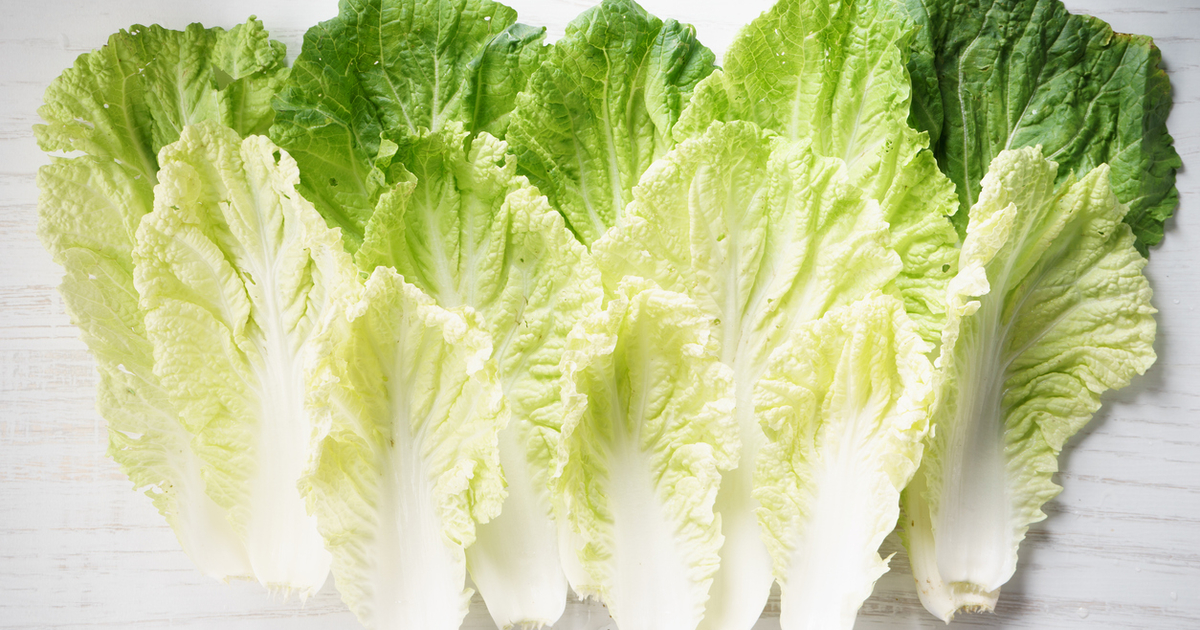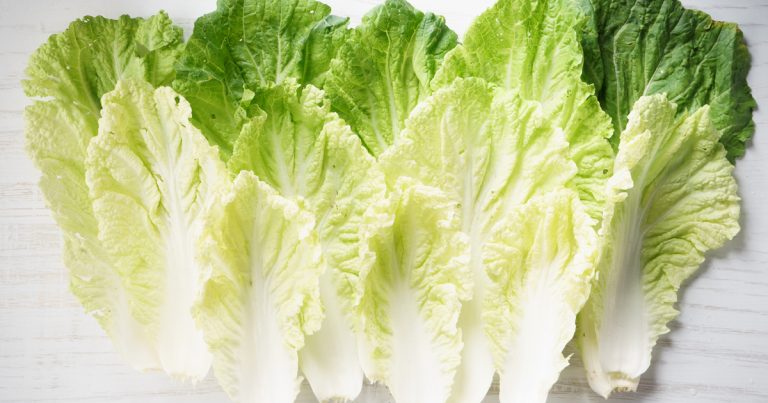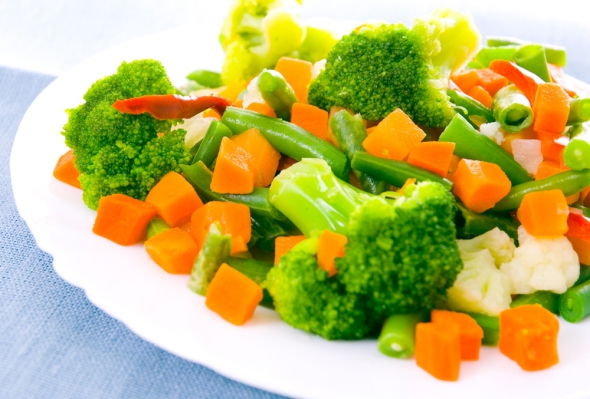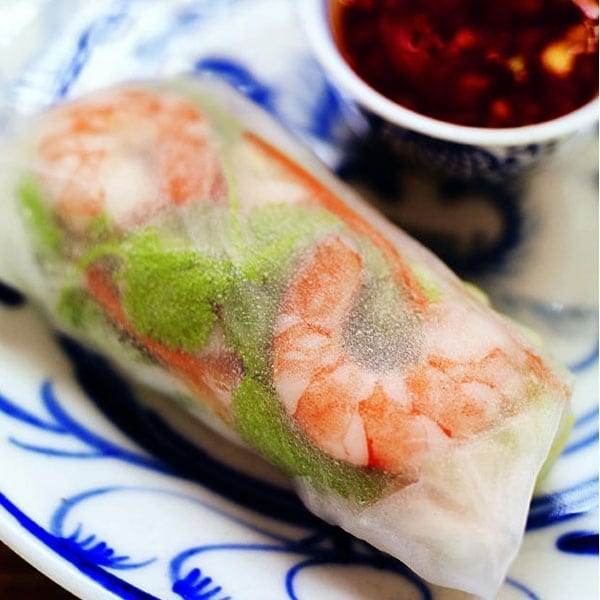Eating raw Chinese cabbage is healthy. In addition, cabbage has a good CO2 balance. We’ll show you why raw Chinese cabbage is great for salads.
You may have eaten cooked Chinese cabbage before – it can also be eaten raw. Chinese cabbage is actually very healthy if you eat it raw. Some nutrients are lost through cooking. If you eat Chinese cabbage raw, you will notice that it is a bit more tender than other raw cabbage types and tastes similarly mild to iceberg lettuce.
Eat Chinese cabbage raw: You have to pay attention to this

If you want to eat Chinese cabbage raw, you should buy Chinese cabbage, which mainly has a lot of green leaves and few white spots. The green cabbage leaves have a slightly more aromatic taste.
Also make sure to buy your Chinese cabbage in organic quality if possible. In organic farming, chemical-synthetic pesticides are not used and you contribute to better biodiversity and soil protection with your buying behavior. You should also buy your Chinese cabbage regionally and seasonally and thus save on long transport routes. In our seasonal calendar for vegetables and fruit you will find out: Chinese cabbage is in season from June up to and including November, with the peak season starting in August and there being more of it for sale then. Out of season you get Chinese cabbage from storage.
How to prepare raw Chinese cabbage
If you want to eat Chinese cabbage raw, you can simply prepare it. You also save time because there is no need to cook or steam.
To do this, simply remove the outer leaves if they look wilted or have large brown spots.
Rinse the Chinese cabbage briefly with cold water.
Cut it in half lengthways and then cut into strips.
Wash the strips if they get dirty.
Place the Chinese cabbage strips in a large bowl and use them to prepare a salad.
Tip: You can prepare Chinese cabbage in the classic way like other types of lettuce.
Eating raw Chinese cabbage: this is how you combine it

You can eat raw Chinese cabbage particularly well as a salad. Combine it with for example:
Lettuce varieties, e.g. leaf lettuce, iceberg lettuce, radicchio or chicory
Vegetables, e.g. carrots, peppers, tomatoes
Fruit, e.g. apples, pears, oranges
Nuts, e.g. walnuts, almonds, hazelnuts
Seeds, e.g. sesame, linseed
Various dressings, e.g. salad dressing recipes: vinegar-oil, yoghurt dressing and balsamic dressing, raspberry dressing or honey-mustard dressing.
You can make a healthy and nutritious salad from Chinese cabbage. According to GEO, it contains, for example, a lot of potassium, vitamin C, B vitamins and folic acid, which are important for the immune system, among other things.
Tip: If the Chinese cabbage has been in the fridge for a few days and no longer looks fresh, put it in a bowl of cold water for about ten minutes and add a teaspoon of sugar. The lettuce will not taste sweet later, but will be crunchy again afterwards.














